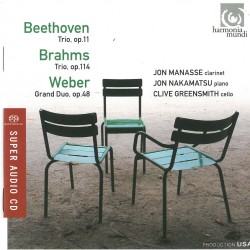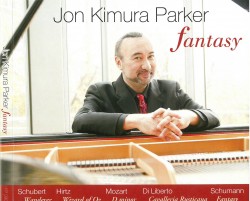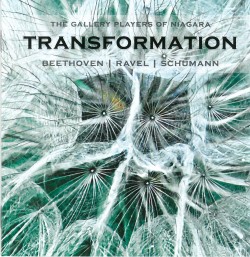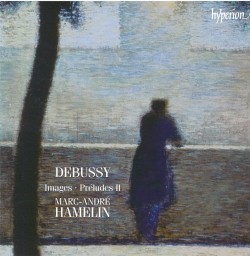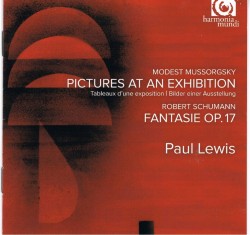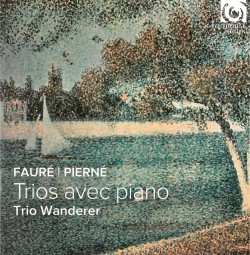Beethoven – The Piano Concertos; Triple Concerto - Mari Kodama; Deutsches Symphonie-Orchester Berlin; Kent Nagano
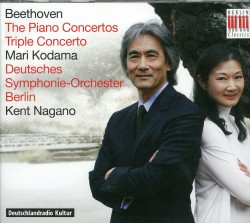 Beethoven – The Piano Concertos; Triple Concerto
Beethoven – The Piano Concertos; Triple Concerto
Mari Kodama; Deutsches Symphonie-Orchester Berlin; Kent Nagano
Berlin Classics 0300597BC
They say marriages are made in heaven and this is a good case for it, especially if the wife is distinguished Japanese pianist Mari Kodama and the husband the incomparable Kent Nagano, one of the top five conductors today. Apart from their obvious love for each other, there is another bond, their love of Beethoven. For them playing these concertos is a constant revelation, a journey of discovery, as if they’ve never heard this music before. “Richly nuanced” comes to mind as Kodama particularly delights in the unexpected, where Beethoven breaks tradition, as well as in his sense of humour, most pronounced in the two early concertos she recorded in 2006 (previously reviewed enthusiastically on these pages). At that time she was relatively unknown.
It has taken almost eight years for the young pianist to mature sufficiently to conquer the final three, in which Beethoven by a tremendous quantum leap broke loose from the spectre of his predecessors, Haydn and Mozart. Each one is a new entity, a world of its own, completely different from those written before and completely different from each other as well. From the poignant, minor key Third, through the gracefully eloquent, unorthodox and probably the most forward-looking Fourth, to the boldly defiant, heroic Fifth which the deaf Beethoven wrote while Vienna was being heavily bombarded by Napoleon’s guns, all shine with technical brilliance, superbly controlled passion, grace, rhythmic precision, clarity and an epic sweep that are certainly the mark of a mature pianist. A spectacular achievement for Kodama, who is joined by Kolja Blacher (violin) and Johannes Moser (cello) in a memorable performance of the Triple Concerto in C Major, Op.56 under Nagano’s deft direction.


